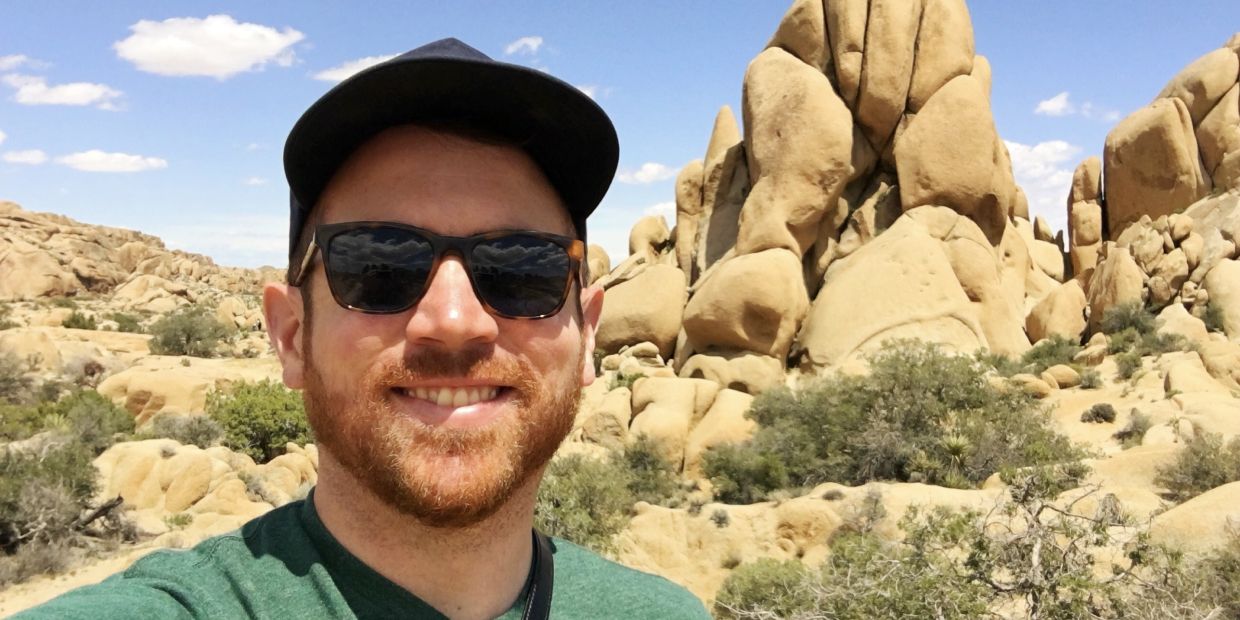
It's been a while, but I'm humbled to share this new conversation! Brad is a very talented designer who focuses on brand and identity direction. He runs his own independent consultancy out of San Francisco. While he might not classify himself as a digital designer he's worked to help brands both large and small, from Google to Livepeer.
Brad is incredibly thoughtful, talented and humble. He can not only tell a story, but he can sell a vision. As a product designer myself, I find his thoughts to be a refreshing reminder of what it means to be a designer. You can check out Brad's work on his site.
Head to the bottom of this post to watch a raw recording of our chat. Recorded with Daily.co :)
Stephen: Thanks for taking the time to chat with me, Brad. To get started, could you introduce yourself to folks and let us know what you do?
Brad Hughes: Yeah, for sure. My name is Brad Hughes. I'm a brand and identity designer. I have my own consultancy here in San Francisco, California. And I have been living out here for I think eight years now with my wife, a couple of kids, and our dog.
Stephen: Could you tell me, in your words, how would you describe the type of designer you are and what type of work you do predominantly?
Brad Hughes: I do a lot of different work. I think that “visual designer” is an overarching term that is used pretty commonly, and I would say I'm definitely in that camp. But more specifically, I focus on branding and identity. I'm looking for projects that are focused around that.
Whether it's somebody who needs a logo design or somebody needs a brand system or identity system. Usually projects come in and they might start one way and then turn into something else. So it's not to say that I don't also do digital and print work. Yet, I try to always start projects with a branding/identity goal because that's what I'm the most interested in.
Stephen: Right on. I guess there's a few questions here that'd be interesting to talk about. The first thing that comes to mind — and to take a step back — is what was your path into the design field?
Brad Hughes: I started design in the editorial world designing magazines. When I was young I was skateboarding and snowboarding. I was reading Thrasher magazine and TransWorld, and just blown away by editorial design. I wanted to do editorial design, so that's what I went to school for.
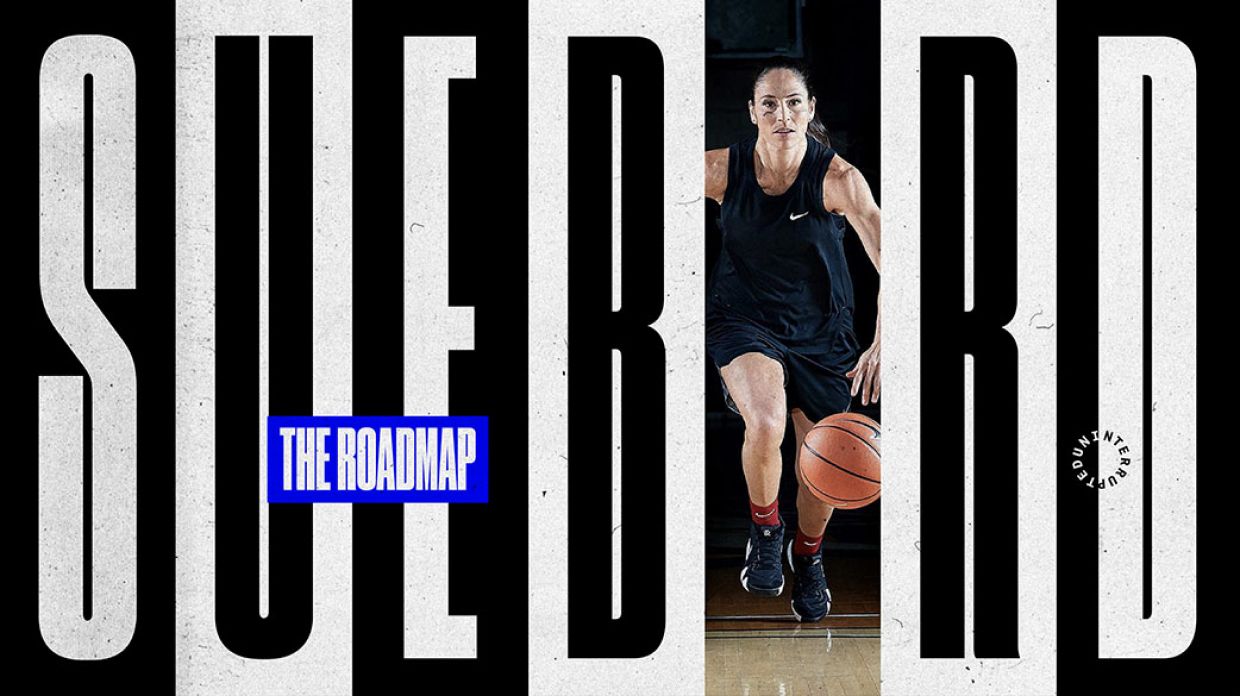
Basically, I spent the first 10 years of my career in editorial design. I started at a magazine in Portland where I went to school and then I lived in New York for six or seven years doing specifically magazine design. After that I got a job offer to come to San Francisco to work at Wired, obviously didn't want to pass that one up. They were kind of like the holy grail of editorial and magazine design.
But there's a culture in magazines that I'm not really fond of. It’s this churn and burn mentality. Work all day, and all night. And internal politics are just nasty. I don't think every place is like that, but I think some places are like that. I became burnt out.
Anyways, I was working in this building on Third Street, and Strava had recently moved in. I became friends with them because I liked to ride bikes. I would go to their parties and eventually they had a brand design position open up at the same time that a new regime was coming in, at Wired. The timing just happened to work out where I basically just moved floors and started working at Strava. I was the only brand designer there and helped them build out their brand.
Stephen: Things segued from there I'd imagine.
Brad Hughes: Yeah. I loved that work stream and I loved the focus that it provided. I had also done freelancing and side work before. Yet I'd always been interested in trying to do it full-time and really make a career out of working for myself. So after a while I left Strava to become a freelance designer.
Stephen: That's awesome. I think it must have been really interesting to work on editorial years ago and see digital explode. But staying true to your roots you continued to focus on branding and identity work. That feels like a very different path than most people take, especially myself. For example, I went full bore into product and digital design.
Brad Hughes: I think for me it was, I didn't necessarily know all the skills to dive so deeply into product design right away. And I think having worked in editorial and being so focused on the core storytelling aspect that it was a natural transition for me. That has always stuck with me, even today. I still work on editorial projects. But through all the branding work that I do, storytelling is a huge aspect. What story do you want to tell about your brand? That's the number one question, always. So it was a very relevant and easy step for me.
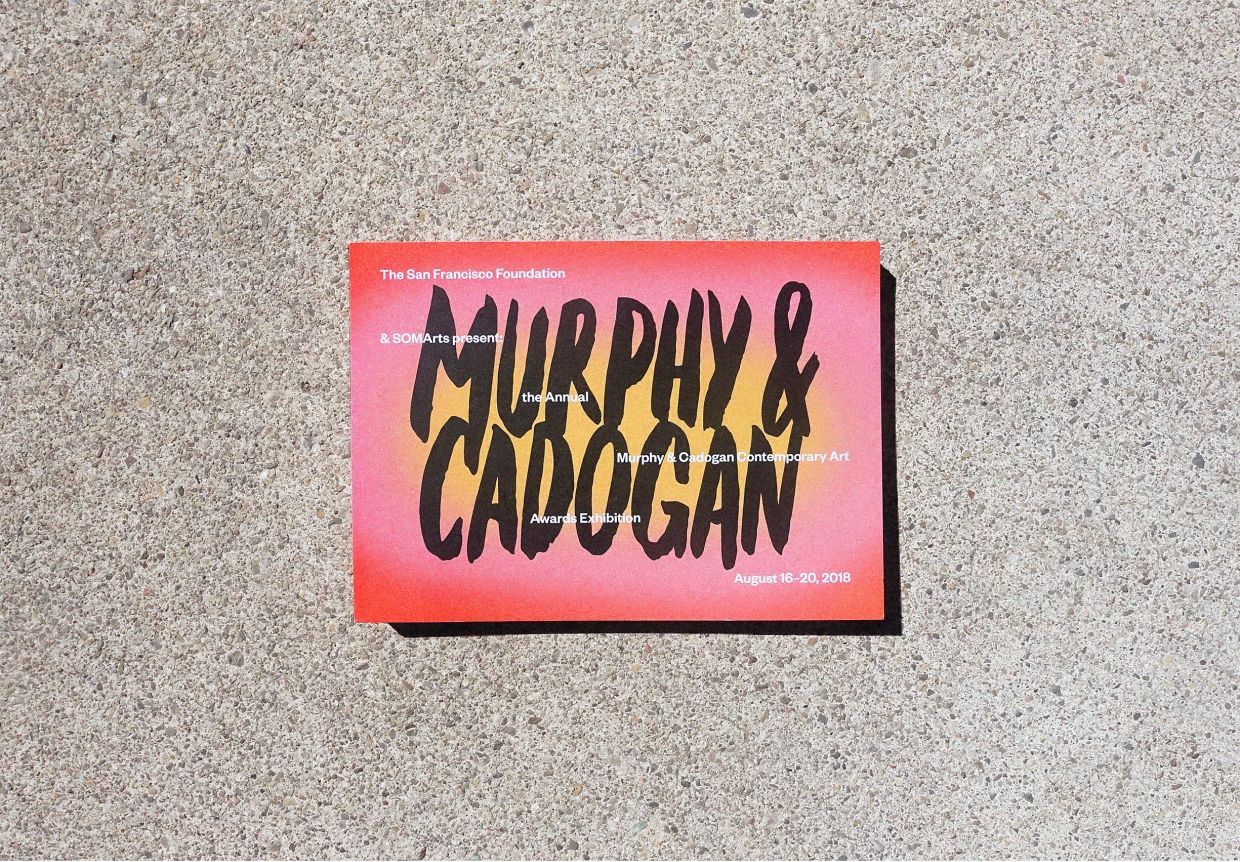
Stephen: That's a really good way of putting it. I think a lot of that, gets lost in some companies. The story is obviously a very important component to a brands position.
Brad Hughes: Companies are still trying to figure that out, right? Brand isn't always as valued, it's always a secondary thought. Everybody's trying to build their products. Everybody's trying to sell their ideas. And the brand isn't always the first priority for them.
Businesses are constantly running every day. To get people to sit down and answer very high level philosophical questions is a huge ask. They're more focused on how they're going to meet payroll or how they're going to get to the next MVP of their product.
There's so many other things for the leaders of these companies to think about. So when I roll in there and I'm like, "You've got to think about your your North Star, your top level messaging, your look and feel" It can sometimes be a hard path to take. But I think they see the value at the end of the road.
Stephen: That's why you're there, right? You've got to be that voice in a lot of those conversations.
Brad Hughes: Yeah, and it allows me to, because I'm an outsider. You've hired me to do this work. I'm going to give you my honest opinion and we're going to talk about it and dig deep, and figure it out. So it's definitely a different skillset than other work streams for sure.
Stephen: I appreciate that perspective for sure. You were mentioning that you’ve worked in-house and now you are freelancing full-time — and running your own consultancy. Could you talk a little bit about what that transition was like, and the upsides and downsides of it?
Brad Hughes: There was a learning curve for sure. I didn't realize how much of the business side I would have to do. And I think I had a slow start because I wasn't really networking the way that I probably should have. Which I know now is very important. It's tough because there's this fake it till you make it situation. And sometimes, I think people see through that. When I had some Strava stuff in my portfolio, it wasn't enough for people to buy into the fact that they should trust me with their identity work.
But networking helps for sure. I get all my work through referrals from people that I've worked with and know in the design community.
I was broke for the first couple of years. So hopefully you have some saved in the coffer if you're going to make a transition like this. But it pays off in dividends later. You just got to persevere. I mean, everybody experiences that. With hard work and determination, you can get there.
Stephen: Yeah. There's a big component of hustle in making that move. I guess to that point and to talking about referrals, which are obviously really important to you. What are you looking for in a client? What is a good client to Brad?
Brad Hughes: A lot of times, these engagements start with conversations. It can start very formally or it can start pretty casually. I think it depends on the client and what the approach is like. I always try to get a sense of whoever the leader of these projects are. Whether it's a CEO, or a CMO, or a marketing designer. We have to align on some key things. Do you value design, is that important to you? Or do you just have to fulfill a top-down strategy and just get it out the door? I'm not really going to take those clients on really.
I always do a pretty thorough background check on these companies. What are they doing? Are they serving a greater good? Are they working on interesting projects? Or are they just a money machine or something?
I'm always trying to look for clients that are creating interesting work and doing new and innovative things. Not in just the tech sense, but all across all sorts of industries. I think it's just more about aligning our interests.
Stephen: I think that really speaks to what you were saying about looking for having those organic conversations upfront. I can relate to that in finding this company (Daily.co). An old design manager of mine had introduced me to our CEO and we really just got to talking. Feeling like you're on the same page is more important. Or makes better work, at the end of the day.
Brad Hughes: It sounds cheesy. But I think connections help, for sure. It has to feel natural. Otherwise there's going to be friction. You want to jive with somebody for sure.
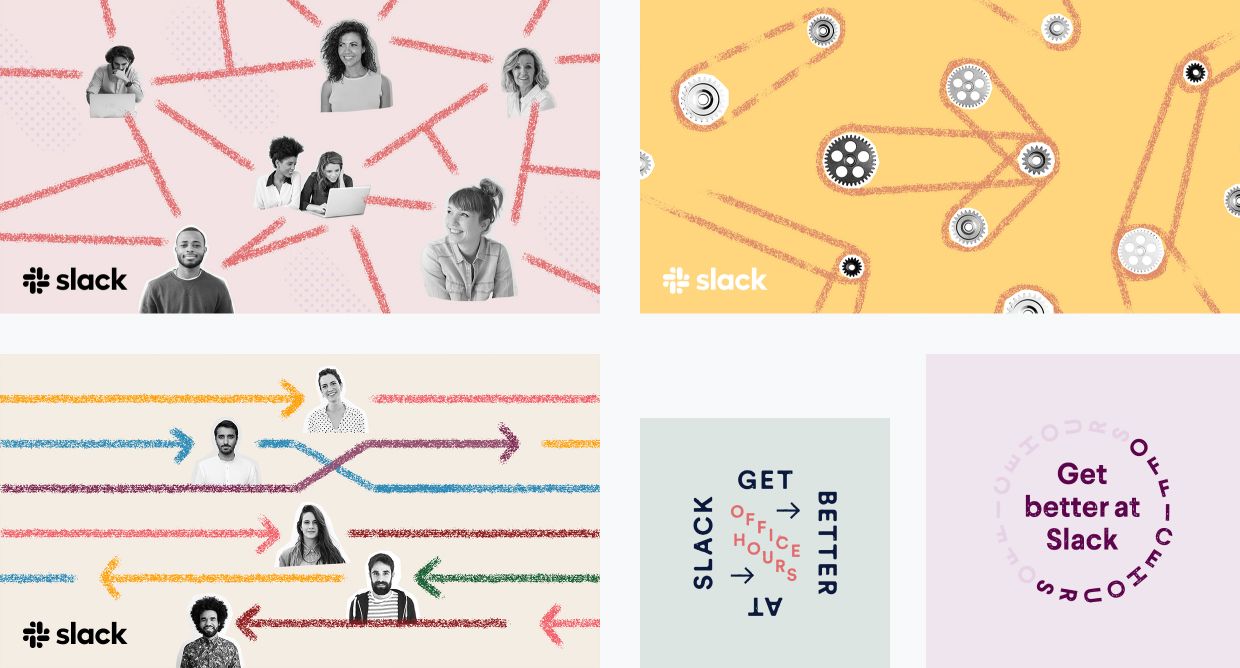
Stephen: You've worked with big clients as well as well as small startups. Does the size of the company have some importance or do you think it really it depends on who you're working with individually, for each client?
Brad Hughes: I believe that bigger clients want to bring in design studios like Collins, or Pentagram, or whomever to do their identities. I'm working with those types of people or those types of companies on a much smaller scale and on more specific and incremental projects. I take those clients on because they pay and because that little incremental piece of work might be interesting to me.
On the other side of the scale, the smaller clients who need a bigger scope of work are more interesting because we move the needle a lot more effectively, a lot more strategically. I can sell an idea through without having 300 stakeholders all muddying the waters if you will, which sometimes happens in big companies. I think that part is key for me. Part of the reward is that working with these smaller startup companies, I get to develop everything for them. I get to have a say in all of the things that are branding, visual and identity design. I find that to be pretty awesome.
Stephen: Certainly. That is why I love working on smaller teams and projects. Really having ownership over — or accountability might be a better word — the entire project. There's a stronger feeling of comradely and empowerment.
Brad Hughes: Yeah, for sure.
Stephen: That makes sense. I think it'd be interesting to hear, I know you're a young dad. How do you juggle…
Brad Hughes: I'm an old dad dude. [laughs]
Stephen: You're not old.
Brad Hughes: Feeling old these days.
Stephen: I can only imagine [laughs]. Do you feel old because of the kids, or because of the kids and the work? How do you juggle having a young family and running your own business and consultancy?
Brad Hughes: It's hard. My second kid is five months old now, and she's just growing up way faster than Harrison did. That may be perception of time or whatever but I feel that I need to spend more time with her. I just have to. So it's not easy.
I work basically from 9am to 4:30 each day and then I go to pick up Harrison and spend time with my kids. I try to be present as much as possible from then to when they go to bed, which is around eight. That’s not a lot of time. It's three and a half hours. And then I usually go back to work.
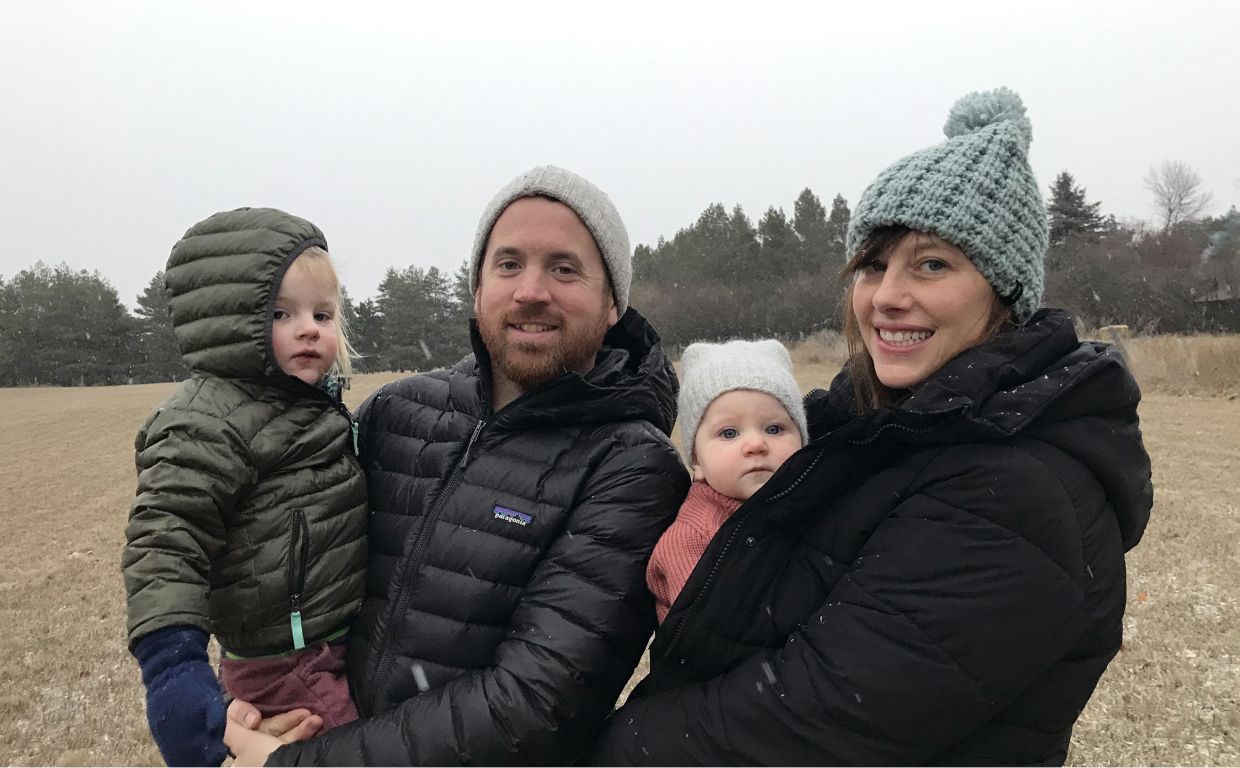
That's usually when I’m catching up on the stuff maybe I didn't get to, or preparing for the next day. I don't work on weekends. I have to work smarter now. I have to be more efficient, and my processes are baked now.
Also, just trying to be mindful that work is just work. We've got a whole other set of our lives that we need to focus on. And we can't really be good workers, or be smart workers, or smart designers, or smart creatives without having that R&R and family time, if you have a family. It's a balance.
Stephen: Yep. That makes sense. Well, that doesn't make sense, my wife and I don't have a family other than our animals.
Brad Hughes: That's a family.
Stephen: It is a family, yes. But I think you're right, to be present for your kids and for your wife, and to feel present yourself, you need to work a little bit more intelligently and with focus. It sounds like you figured it out over the years.
This is off the record a little bit. Are you guys still enjoying it in San Francisco?
Brad Hughes: We came here for very specific reasons. We stayed because it suited our lifestyle. And now that we have kids, we've outgrown that lifestyle. The reasons for us to stay in San Francisco are changing, and are not as strong as they used to be. Having kids changed everything for us so we are reevaluating our situation. But nothings permanent or set in stone yet.
Stephen: It'd be interesting to jump over and hear a little bit about what your setup look like? What kind of tools are you using? Care to elaborate on your flow?
Brad Hughes: My tools are pretty minimal. I have a laptop, an Apple monitor, a Wacom tablet and I work primarily in Adobe Creative Cloud and Sketch. I use paper a lot actually. Because I am a visual designer it all starts with sketches. And sketching is something that was was taught to me, and has stuck with me the entire time.
I think you can just work out ideas easily faster. I use a lot of vellum paper. And I learned this from my friend Erik Marinovich. He re-inspired me to use vellum paper because you can iterate much, much faster than you can on a computer.
I do a lot of stuff that isn't very digital feeling, it’s a little more hand drawn, or has a nice natural edge to it. So that translates through all the layers of my process.
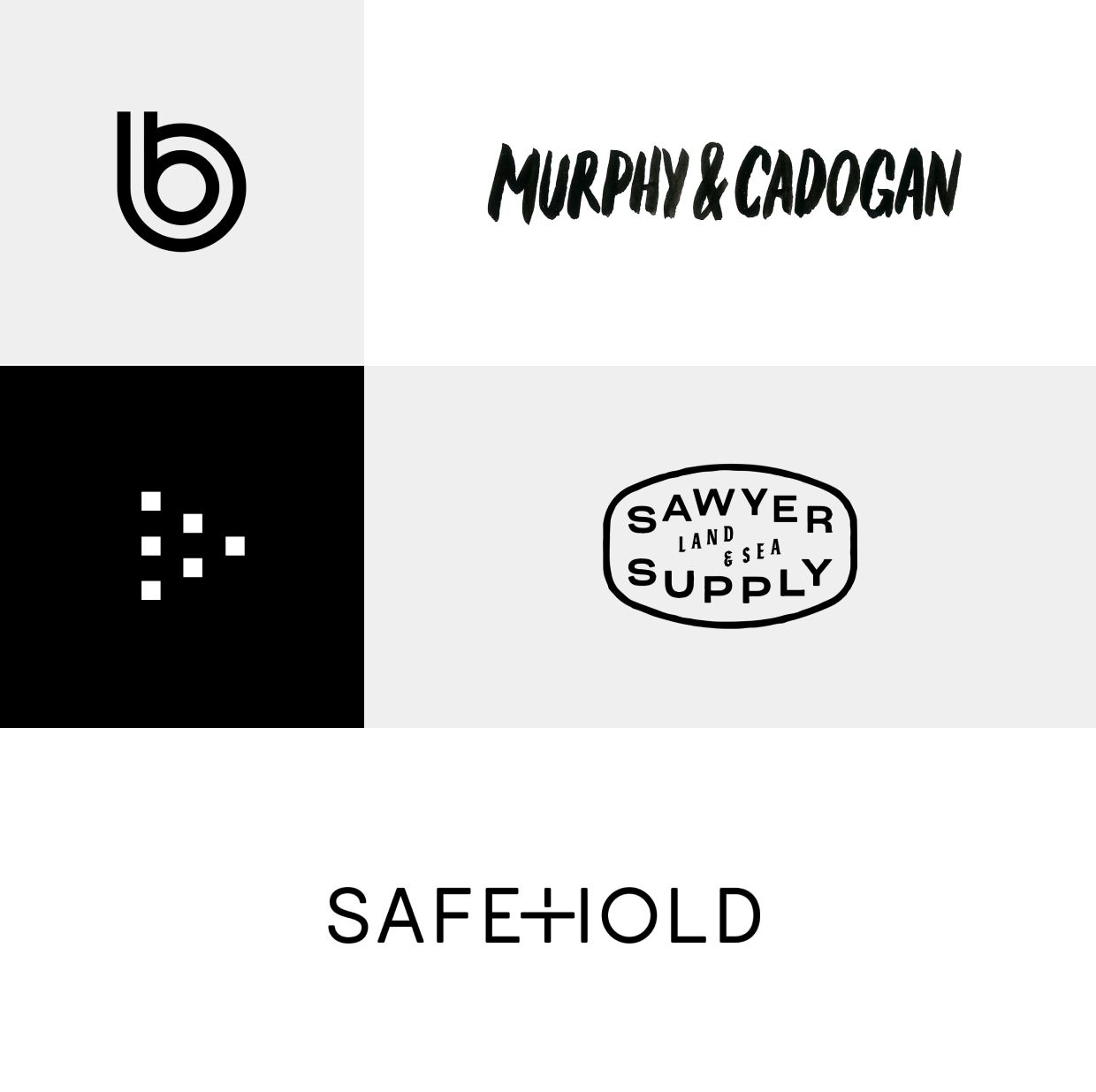
Stephen: I don't think people do enough of that these days. I remember going to school myself and constantly sketching and sketching. And as I've moved more into the digital world, I’ve ended up doing it less almost because a lot of my work is primarily UX driven. But any time I take on a branding project or an identity project, I return to pencil and paper. The constraint of that medium allows me to iterate much more quickly.
Half of the time I'm always kicking myself. I feel that I should be sketching before I jump into wire frames. It's a personal struggle.
Brad Hughes: But wireframing is sketching, right? In my mind — from a visual point of view — I think if your tools allow you to quickly wireframe something and put an idea on an art board, it's the same. You're just using different tools to make that step of the process happen.
Stephen: Maybe I should remember that.
Brad Hughes: I think people do it less now because the ask is different. There are many more digital designers in the world than there were when you and I went to school. Maybe it's not that people are sketching less, perhaps it’s just that it's taking on a different form.
Or there's just infinitely more product designers out there that you don't really see it. The community, the design community is so big now.
Stephen: I have a few more questions for you and then I'll let you roll. How do you find yourself handling the client management side of everything?
Brad Hughes: I always try to meet with clients in person. I think that is really important, but of course, it’s not always possible. For example, I have clients in New York that I do video conferencing with. Meeting in person just really shows that you have some skin in the game. If you're just communicating over email it's harder to sell an idea and a lot of what I do is selling ideas. So it's always better to meet in the room with people.
Other than that working with clients is a lot of paperwork and back and forth on trying to figure out the scope of a project, timelines, and stuff like that. That was something that I was never really prepared to do, I've just learned through the years of doing it.
But yeah, I definitely have to divide my day up. A lot of what I do in the morning is client interaction. And then a lot of the work actually gets done after lunch in the afternoon. And that's if I bucket those two things in separate categories, that allows me to focus a little bit more. Otherwise I'm context switching all day long, going back and forth from email to other applications.
Stephen: Definitely. I mean that's one of the things you lose when you start working remotely. You lose that face time, and there's a lot of power that comes with that. Video conferencing can help to some level, but being able to actually spend time together is incredibly valuable to any good working relationship.
Brad Hughes: Yeah.
Stephen: I know that while I'm remote here, I try to visit with my teammates a few times a year just to have that face time. It goes pretty far.
Brad Hughes: Yeah. I work with other designers and consultants and stuff on projects. But the majority of my day is all alone. So I try to go to the coffee shop and have some interaction, and talk in a physical world. Also, going to client meetings at their office or bringing them here is rewarding, for sure.
The workplace is very much changing, and so there are a lot of people like you and I working remote, and video conferencing is amazing for that — because it is infinitely better than just a cold call or a cold email. And yeah, I think it's again, just another tool for us to use to our advantage.
Stephen: Totally. Are you working from home or from your own office space?
Brad Hughes: Yeah, I'm working from home now. About a year and a half ago, we moved into a bigger place just because of the kids. So now I'm working out of the guest bedroom. Which is guest bedroom, office.
Stephen: All the rooms!
Brad Hughes: All the rooms. But it works out pretty good. I've had studio spaces in the past, but when we moved, we decided to downsize a bit just because prices here in San Francisco are so outrageously expensive. I would like to have a studio again. It's just a matter of finding the right place and finding it with the right people.
Stephen: Yeah. No, totally. Yeah. As you can tell, this is my office slash…
Brad Hughes: …bike room?
Stephen: Toy storage.
Brad Hughes: It's awesome.
Stephen: It's fun though. There's a lot of pros to working from home I think.
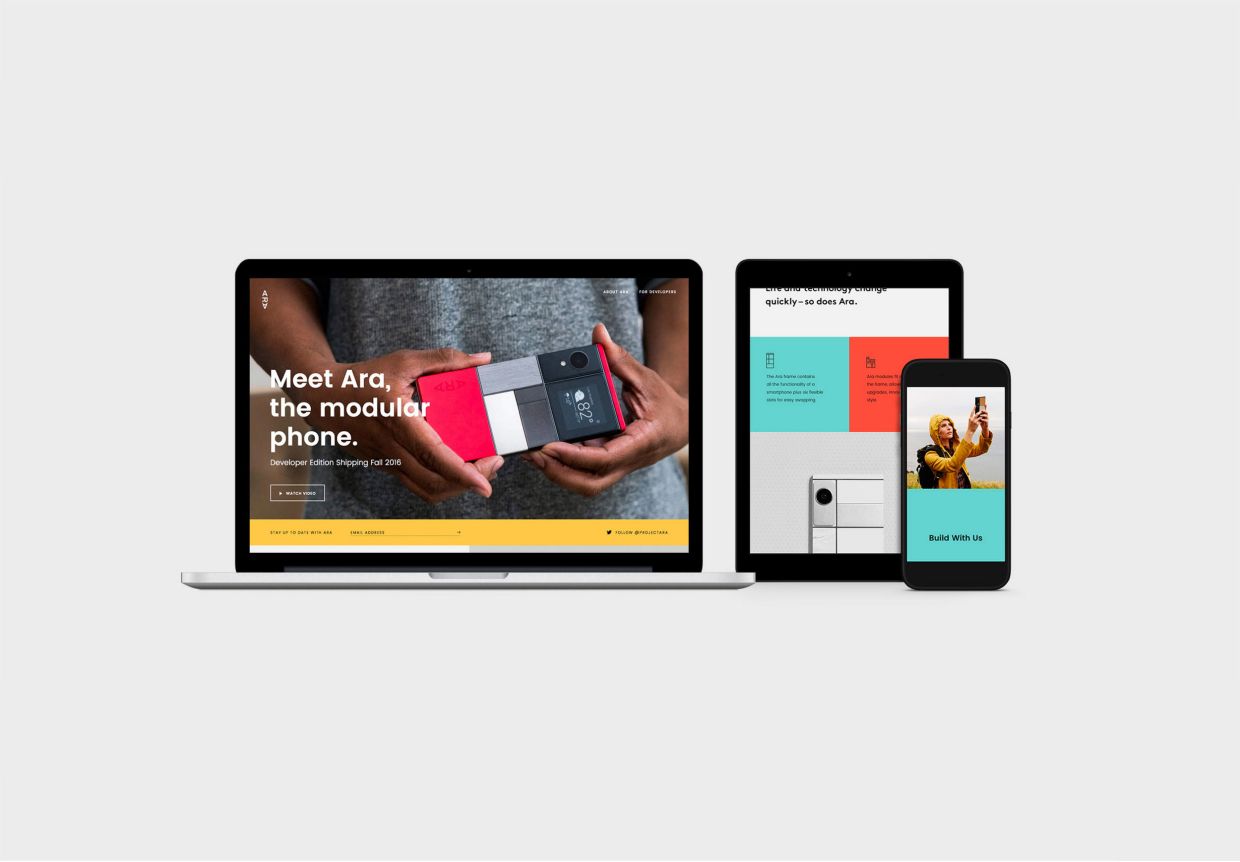
Stephen: One more question, is there any advice you'd have for a budding designer who is kind of coming into the world that is so complex with digital? Seems like you kind of need to know a little bit of everything, right?
Brad Hughes: Yeah. When I was younger, I felt an intense urgency to be like Paul Rand. I wanted to be like those superhero designer guys, and I felt like I needed to do it NOW. Only an infinitesimal amount of people get those opportunities. And I think that it requires all the stars aligning and an immense amount of talent and hard work. But I was always feeling this urgency to be better, faster. Now, now, now. Just constant pressure to improve everything.
I realized that it's not a race. Design and life isn't just a race. And those great people, the Paul Rand's of the world or whatever, they're older. That stuff takes time. I don't know why I always felt such an urgency to move up and be rewarded.
Now I feel much more relaxed and focused on my work. And I'm seeing that that's the key, right? Don't worry about what's going on around you, focus on your work, work hard. And if the rewards come, they will. Because, I think if you just focus on the, "I need to be better, or I need to," it becomes a distraction. The key is just work hard, and take it at your own pace. It's not a race, it's a marathon.
Or it's not a sprint, it's a marathon. Both of those are races.
Stephen: One's a bit longer. But yes, if you do good work for your clients and focus on the work that you have at hand. More good projects will come, it all just takes time. I’ve found that too.
You feel like there's a sprint when you get out of school to get that job at Wolff Olins or to be working at Google. And that might happen, and that might be great. But there's many other paths to success.
Brad Hughes: For sure. I think that's a great advice for any budding designer for sure. There's so many paths to the success. And success is defined in so many different ways. It's not always about being the young Stefan Sagmeister of the world. It's like there's other ways to feel proud of your work and to be a successful designer.
Stephen: Totally. Well, thank you for chatting Brad. Let me stop the recording. I really appreciate you taking the time.
Brad Hughes: Thank you for having me.
Note: Since this interview Brad and his family have relocated to Whitefish, Montana. Check out Brad's work on his site.
Watch the interview on Vimeo
